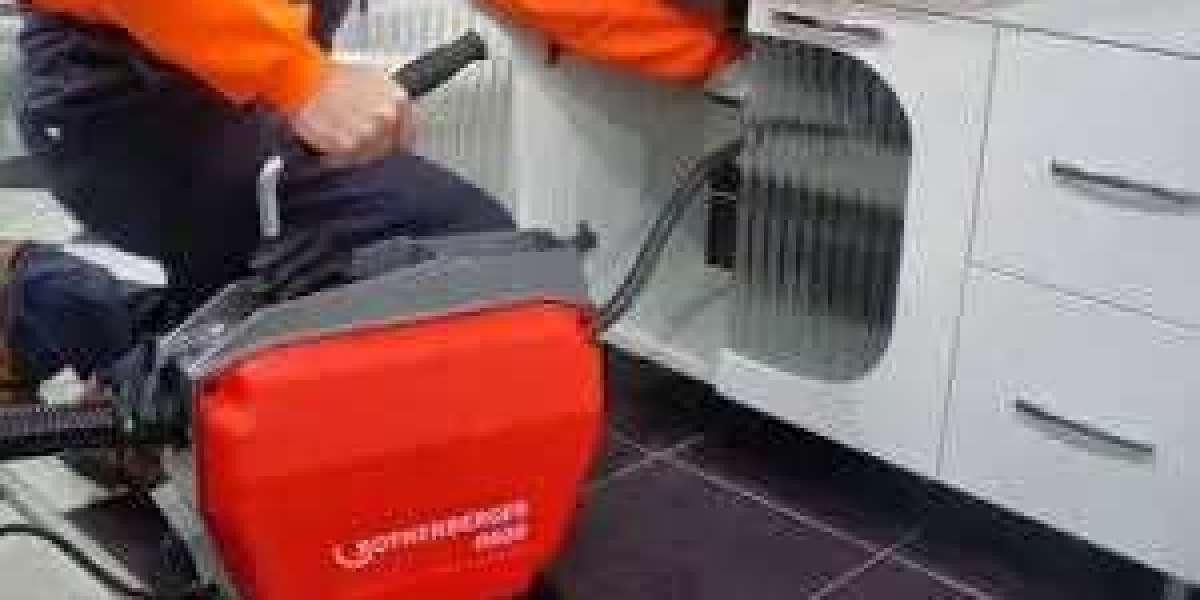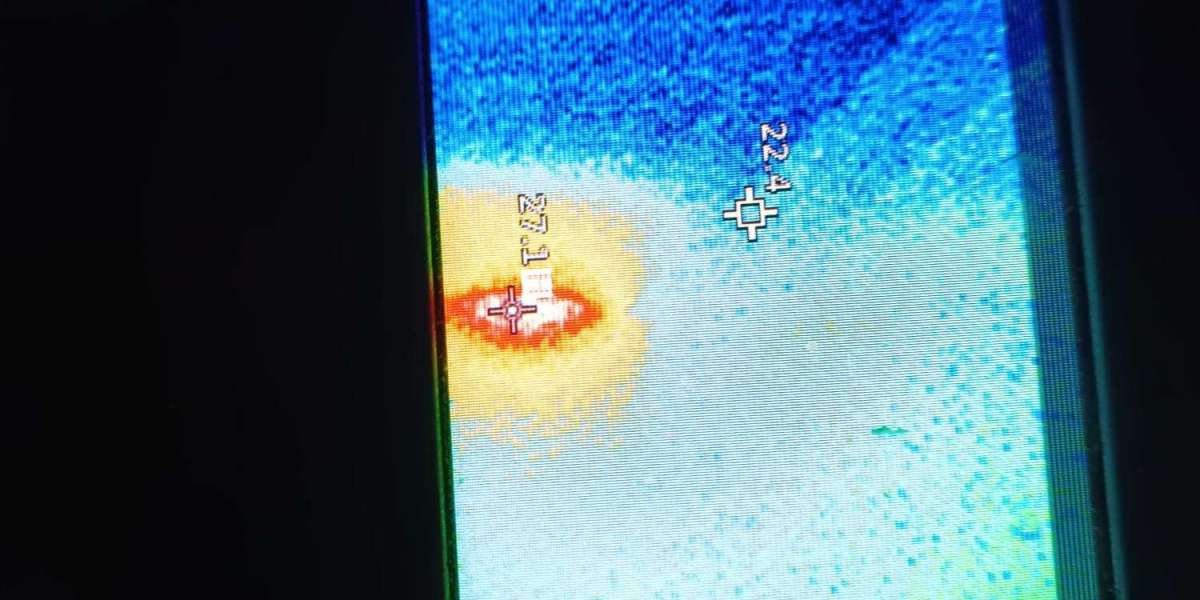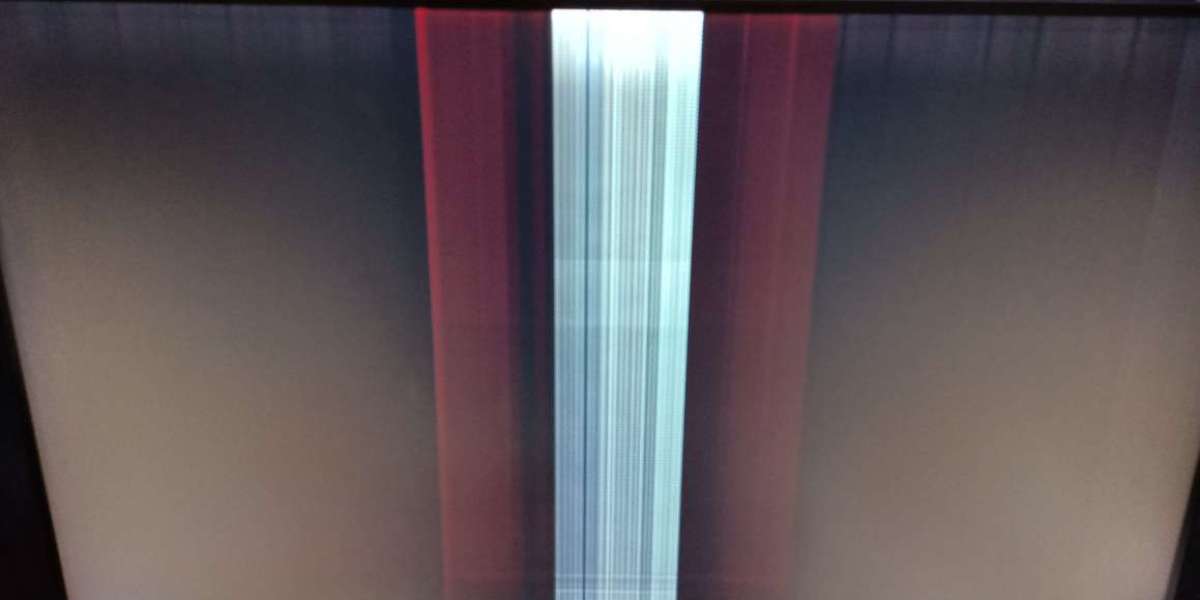A multilayer printed circuit board (PCB) is a laminated structure consisting of alternating layers of conductive copper foil and insulating dielectric substrates. By stacking multiple circuitry layers within a compact board footprint, engineers achieve higher component density, enhanced signal integrity, and superior mechanical strength. As electronics continue to shrink and demand more functionality, multilayer PCBs have become the cornerstone of modern device design.Get more news about Multilayer PCB,you can vist our website!
Historical Context
The first commercial multilayer PCBs appeared in the late 1960s when aerospace and military applications required complex interconnections in limited space. Early methods relied on manual lamination and drilling, a labor-intensive process with limited yield. Over the decades, improvements in materials, fabrication equipment, and design automation fueled widespread adoption. Today’s multilayer boards host dozens of layers and support gigahertz-range signals with micro-inch precision.
Materials and Construction
At the heart of every multilayer PCB is a core material—typically FR-4 epoxy resin reinforced with woven glass fiber. Copper foil is bonded to both sides of this core. Between cores, layers of prepreg (partially cured resin) act as adhesive dielectric films. When subjected to heat and high pressure, these prepreg sheets flow and cure, permanently bonding the cores into a single, rigid panel. Advanced variants use high-TG laminates and low-loss dielectric substrates for demanding RF and high-speed applications.
Stack-Up and Impedance Control
Designing a multilayer stack-up involves selecting the number of signal and plane layers, as well as the thickness of each dielectric spacer. A typical 6-layer board might have two outer signal layers, two inner signal layers, and two reference planes. Proper layer arrangement ensures controlled impedance, minimizes crosstalk, and provides robust ground return paths. Simulation tools allow designers to fine-tune trace widths and spacing to meet exact impedance targets, often within ±5% tolerance.
Vias and Interconnect Strategies
Connecting layers requires strategically placed vias. Through-hole vias penetrate all layers, offering straightforward interconnects but consuming valuable board real estate. Blind vias connect outer layers to select inner layers, while buried vias link inner layers without surface exposure. Microvias, formed with laser drilling, enable very high-density interconnects in HDI (high-density interconnect) designs. A thoughtful mix of via types balances manufacturing cost, electrical performance, and routing complexity.
Fabrication Process
Multilayer PCB production begins with inner-layer patterning: copper is etched to define traces and planes. The patterned cores undergo photographic inspection before being stacked with prepreg and outer-layer copper foil. A lamination press applies heat (typically 170–200°C) and pressure (up to 30 bar), curing the prepreg and fusing layers into a monolithic board. Precise control of temperature and pressure profiles ensures uniform dielectric thickness and strong adhesion.
Drilling, Plating, and Etching
After lamination, holes are drilled—mechanically for larger diameters or with UV laser for microvias. The drilled holes receive a thin layer of electroless copper, followed by electrolytic plating to build up the conductor thickness. Outer layers are then photo-resist patterned, and unwanted copper is etched away, revealing the final circuit geometry. Surface finishes such as ENIG (Electroless Nickel Immersion Gold) or OSP (Organic Solderability Preservative) protect the copper and ensure reliable solder joints.
Testing and Inspection
Quality assurance is critical for multilayer PCBs. Automated optical inspection (AOI) checks outer layer patterns for defects, while X-ray inspection reveals hidden flaws in internal layers and vias. Electrical tests like flying probe or in-circuit test (ICT) verify continuity and isolation between nets. Specialized cross-section analysis may be performed to validate layer alignment, dielectric thickness, and copper plating integrity. These measures catch defects early, reducing field failures and costly rework.
Performance Advantages
Multilayer PCBs deliver several key benefits over single- or double-layer boards. Higher wiring density enables more compact devices and shorter signal paths, improving speed and reducing latency. Dedicated power and ground planes enhance EMI shielding and thermal dissipation. Mechanical rigidity increases reliability in vibration-sensitive applications. These properties make multilayer designs indispensable for high-performance computing, telecommunications, and mission-critical systems.
Applications and Market Trends
From smartphones and wearable gadgets to satellites and medical implants, multilayer PCBs power virtually every sector. Growth in 5G infrastructure, electric vehicles, and Internet of Things (IoT) devices drives demand for HDI and flexible multilayer boards. Manufacturers are exploring embedded passive and active components—placing resistors, capacitors, and even ICs within inner layers—to further shrink form factors and boost signal integrity.
Challenges and Mitigation
Despite their advantages, multilayer PCBs pose design and manufacturing challenges. Warpage during lamination can lead to misalignment; precise material selection and optimized press cycles mitigate this risk. Thermal expansion mismatches between copper and substrate can induce stress; choosing matched CTE (coefficient of thermal expansion) materials helps preserve reliability. Signal integrity issues such as via stubs require careful planning or back-drilling to eliminate unwanted reflections.
The Road Ahead
Looking forward, multilayer PCB innovation focuses on even higher density and performance. Embedded optical waveguides, graphene-enhanced thermal vias, and 3D printed dielectric structures promise to expand design possibilities. As electronics continue to push the boundaries of miniaturization and speed, multilayer PCB technology will remain at the forefront—enabling the next generation of smarter, faster, and more connected devices.







